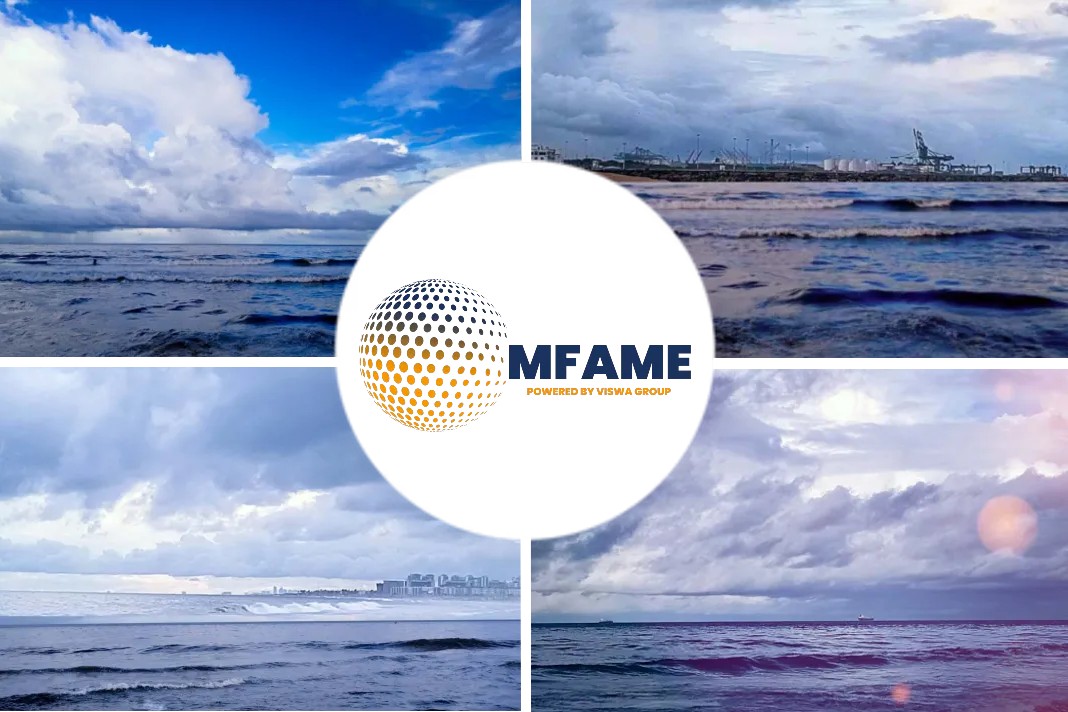According to a Platts report, the trend towards LNG commoditization has gathered pace, fueled by significant additions of elastic supply and demand and growing liquidity in both physical and financial LNG markets.
Opportunity for LNG Stakeholders?
This presents immense opportunities to LNG stakeholders. But the prospect of supply shortfalls and gluts through the next decade to 2030 is a warning sign that the industry is still exposed to abrupt investment cyclicality, a phenomenon known to cause disruptive supply shocks, price volatility and demand destruction.
The transition to a more sustainable growth path will require a deeper transformation of LNG into a more competitive, transparent and cleaner fuel.
Cost Competitiveness Holds the Key
Cost competitiveness will be key for this capital-intensive commodity to establish itself as the fossil fuel of choice in an increasingly crowded and competitive power generation market, and accelerate the adoption of LNG in new industries such as transport and agriculture.
The industry’s biggest growth potential lies outside the traditional large demand centers of Europe and Northeast Asia, but these areas also present its biggest hurdles in the form of downstream inefficiencies, uncertain regulatory environments and highly embedded price subsidies.
Keeping Costs Down
“The industry must focus on keeping its costs down, and this is particularly important for LNG. In many of its growth markets, gas is competing with often cheaper marginal cost coal, because the externalities of pollution are not priced or regulated,” said President with the International Gas Union Joe M Kang in an interview with S&P Global Platts.
How Will Be LNG Sustainability Determined?
Who pays the bill for building a more sustainable demand outlook for LNG will inevitably depend on the future structure of the market. With many supply projects moving ahead without long-term commitments, buyers will likely continue to call the shots.
New financing solutions are gradually bringing down project costs and bridging the gap in expectations between customers and financiers, while enhanced shipping flexibilities are lowering transportation costs and giving stakeholders room to capture optionality and arbitrage opportunities.
Price Transparency To Help?
Enhanced transparency will be vital for stakeholders to share the risks associated with a commoditizing industry and gain the confidence they need to trade and make long-term investment decisions, from developers pursuing project financing to utilities deploying more capital in import infrastructure.
Transparency has grown significantly over the past few years, driven by an increasingly liquid spot market and exponential growth in LNG derivatives, which is attracting more risk management activity.
 Robust Financial Architecture Making the Difference?
Robust Financial Architecture Making the Difference?
- The launch in July of the Asian LNG eWindow by Platts and Intercontinental Exchange has accelerated market-on-close activity for Platts JKM, the benchmark price for LNG delivered into Northeast Asia, with more than 1,000 bids, offers and trades submitted over the past year.
- In the financial markets, the volume of JKM derivatives cleared through ICE and CME hit an all-time record of 48,727 lots in July, the equivalent of approximately 166 standard-size cargoes. At current growth rates, trade volumes of JKM derivatives could exceed global physical trade by 2021, and dwarf it many times over by the mid-2020s.
- Meanwhile, established gas hubs such as the Dutch TTF remain readily applicable alternatives for hedging financial and physical exposure, reflecting the downside risk for LNG price dynamics more accurately than Henry Hub or oil, especially in times of oversupply.
This increasingly robust financial architecture is a game-changer and paves the way for the development of LNG as a commodity in its own right. But it is not the endgame.
Oil Indexation Elimination a Necessity?
With the correlation between LNG and oil pricing forecasts breaking down, the elimination of oil indexation is increasingly considered necessary, and growing flexibility in term contracts needs to be accompanied by a solid risk strategy at both ends of the supply chain.
The standardization of contracts, operations and regulations will also be required to build operational flexibility and competitiveness, said Fatih Birol, Executive Director with the International Energy Agency.
“To have a truly global market everybody needs to speak the same language,” Birol said.
Environmental sustainability
The green credentials of LNG will also face increasing scrutiny in a world where the environmental and economic costs of climate change are becoming ever clearer.
A recent IEA analysis shows that eliminating methane leaks is one of the most cost-effective measures designed to drastically reduce the emissions intensity of the gas supply chain.
“Efforts must continue to minimize the environmental footprint of gas use. This includes progress on CO2 emissions, but also on methane emissions,” Birol said.
The stakes are high. Global fossil fuel demand is expected to peak over the next decade, threatening trillions of dollars in energy asset investments.
As we enter the era of renewables, these green credentials might determine whether LNG becomes simply a transition fuel or a true partner in a more environmentally sustainable future.
Did you subscribe to our daily newsletter?
It’s Free! Click here to Subscribe!
Source: Platts





















